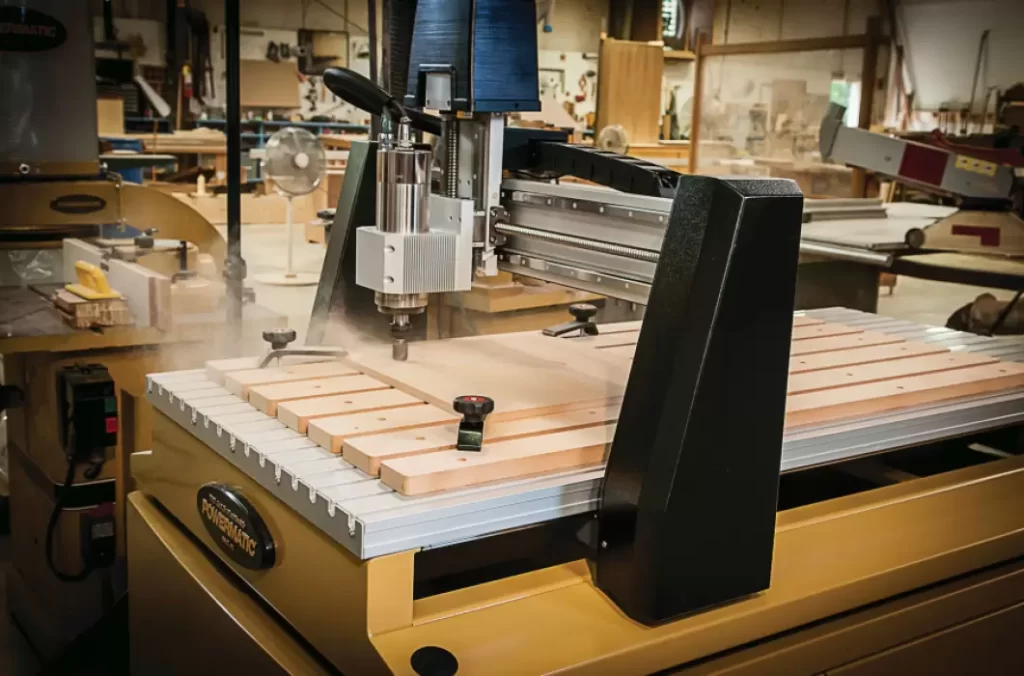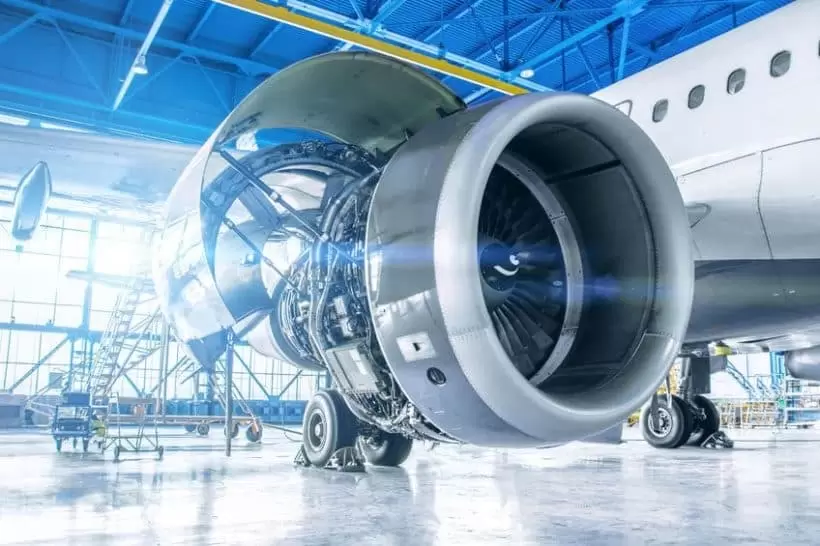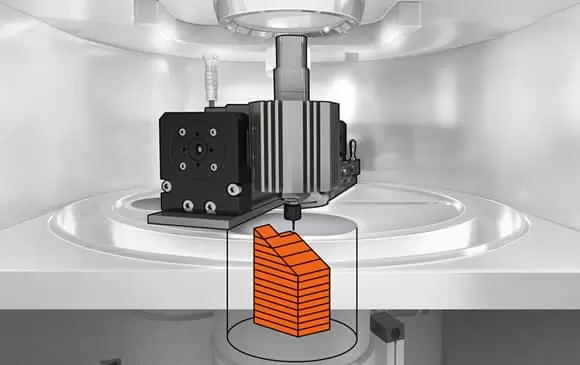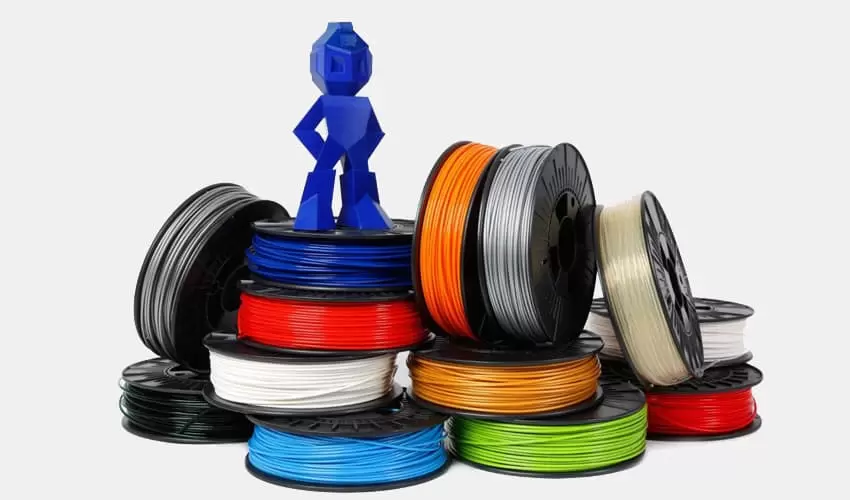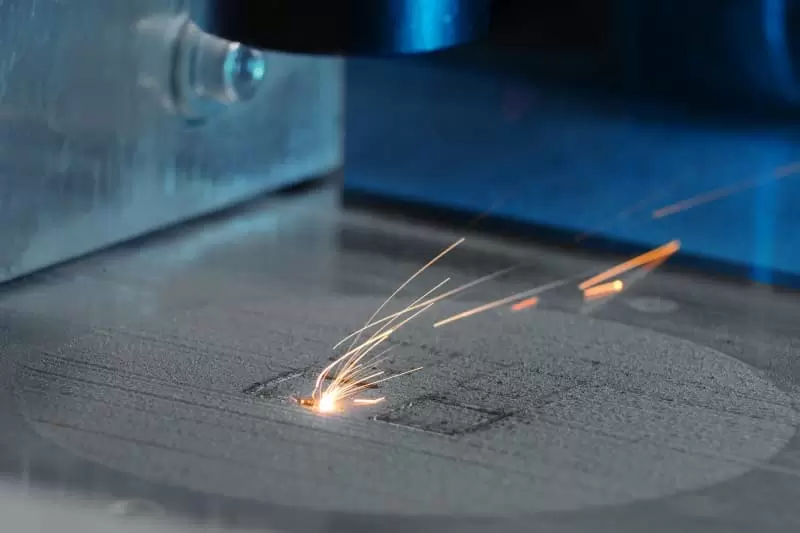Table of Contents:
- Introduction
- Principles of CNC Machine Design
- Components of CNC Machine Design
- Techniques for CNC Machine Design
- Applications of CNC Machine Design
- Future Directions in CNC Machine Design
- Conclusion
-
1.Introduction
CNC (Computer Numerical Control) machines are automated systems that use computer programming to control their movements and perform precise operations on a variety of materials. These machines have become increasingly important in industrial manufacturing, precision machining, and prototyping applications due to their accuracy, speed, and repeatability.
CNC machines consist of several components, including the machine structure, motors and drives, spindles and tool holders, control systems and software, and sensors and feedback devices. The design of these components and their integration into a functional system is critical for the performance and efficiency of the CNC machine.
This comprehensive guide to CNC machine design will explore the principles, techniques, and applications of CNC machine design, providing a valuable resource for engineers, designers, and manufacturers looking to optimize their CNC machines for their specific needs.
-
2.Principles of CNC Machine Design
CNC machine design is based on several principles that guide the selection and integration of the components and systems that make up the machine. These principles include precision, accuracy, repeatability, rigidity, and stability. The design of a CNC machine must consider these principles to ensure that the machine performs its intended functions reliably and efficiently.
Design considerations for CNC machine structures include the selection of materials, the design of the frame, and the integration of the components. The frame of a CNC machine must be rigid and stable to prevent deflection and vibration during operation, which can affect the accuracy and precision of the machine. The components must also be selected and integrated to optimize their performance and ensure that they are compatible with the overall design of the machine.
Materials and manufacturing techniques for CNC machines are critical for the performance and efficiency of the machine. The materials used must have the appropriate mechanical properties, such as strength, stiffness, and durability, to withstand the forces and stresses generated during operation. The manufacturing techniques used must also ensure the accuracy and precision of the components, as well as the overall alignment and integration of the machine. Techniques such as CNC machining, casting, and welding are commonly used in CNC machine design and manufacturing.
-
3.Components of CNC Machine Design
CNC machines consist of several components that work together to perform specific operations on a variety of materials. These components include motors and drives, spindles and tool holders, control systems and software, and sensors and feedback devices.
Motors and drives are responsible for controlling the movement of the machine, including the linear and rotational movements of the cutting tool. The motors provide the necessary torque and speed to move the machine, while the drives ensure that the movements are precise and accurate.
Spindles and tool holders hold and rotate the cutting tool, which is used to perform specific operations on the material being cut. The spindles provide the necessary rotational speed and power to the cutting tool, while the tool holders ensure that the tool is securely held in place.
Control systems and software are the brains of the CNC machine, responsible for controlling the movement of the machine and the operation of the cutting tool. The control system receives input from the user in the form of drawings or CAD files and translates this information into a program that controls the movement of the machine and the cutting tool.
Sensors and feedback devices are used to monitor and provide feedback on the performance of the machine. These devices measure various parameters, such as temperature, vibration, and position, and provide feedback to the control system, which can then adjust the operation of the machine to optimize its performance and efficiency.
-
4.Techniques for CNC Machine Design
In addition to the basic principles and components of CNC machine design, there are several techniques that engineers and designers can use to optimize the performance of the machine. These techniques include kinematic design, static and dynamic analysis, finite element analysis, and optimization techniques.
Kinematic design involves the analysis and design of the movement of the machine components, including the cutting tool and the material being cut. This technique considers factors such as the accuracy, repeatability, and speed of the machine, as well as the loads and stresses experienced during operation.
Static and dynamic analysis involves the evaluation of the static and dynamic behavior of the machine components, including the frame, motors, and spindles. This technique considers factors such as the stiffness, damping, and natural frequencies of the components, and can be used to optimize their performance and reduce vibration and deflection during operation.
Finite element analysis is a computer-based technique that is used to simulate and analyze the behavior of the machine components under different loading and operating conditions. This technique can provide detailed information on the stresses and strains experienced by the components, and can be used to optimize the design of the machine for improved performance and efficiency.
Optimization techniques involve the use of mathematical algorithms and models to optimize the performance of the machine. These techniques can be used to optimize various aspects of the machine, such as the size and shape of the components, the operating parameters, and the material selection.
-
5.Applications of CNC Machine Design
CNC machines are used in a wide range of applications, from industrial manufacturing to precision machining and prototyping. These machines are essential for producing complex parts and components with high precision and accuracy. Some common applications of CNC machine design include:
Industrial Manufacturing: CNC machines are widely used in industrial manufacturing for producing parts and components for a wide range of products, such as automobiles, aerospace components, and consumer goods. CNC machines can produce parts quickly and accurately, and can be programmed to manufacture large volumes of parts with consistent quality.
Precision Machining: CNC machines are used extensively for precision machining applications, such as milling, turning, and grinding. These machines are able to produce parts with high precision and surface finish, making them ideal for applications in industries such as medical device manufacturing, optics, and electronics.
Prototyping and Rapid Manufacturing: CNC machines are also used extensively in prototyping and rapid manufacturing applications. These machines can produce parts quickly and accurately from a variety of materials, allowing designers and engineers to quickly iterate and refine their designs.
3D Printing and Additive Manufacturing: CNC machines are used in 3D printing and additive manufacturing applications for producing complex parts and components from a variety of materials, including plastics, metals, and composites. CNC machines can be used to precisely control the deposition of material, allowing for the production of parts with high complexity and accuracy.
-
6.Future Directions in CNC Machine Design
The field of CNC machine design is constantly evolving, driven by advances in technology and changing industry needs. Some of the emerging technologies, new applications, and industry trends in the field include:
Emerging Technologies: Advances in sensors, automation, and artificial intelligence are leading to the development of more advanced and intelligent CNC machines. These machines are capable of self-correcting and self-optimizing, improving their performance and efficiency over time. Other emerging technologies include nanotechnology, which is being used to produce ultra-precise and complex parts, and hybrid additive-subtractive manufacturing, which combines the advantages of both additive and subtractive processes.
New Applications: CNC machines are being used in new and innovative applications, such as 3D printing of food, custom-made prosthetics, and personalized healthcare products. These new applications are being made possible by advances in materials science, robotics, and AI.
Industry Trends: The CNC machine industry is experiencing several trends, such as a shift towards automation and digitalization, the use of cloud-based software and services, and the growth of the global market. Other trends include the adoption of sustainable manufacturing practices, the use of data analytics to optimize machine performance, and the integration of additive and subtractive manufacturing processes.
Overall, the future of CNC machine design is exciting, and is expected to open up new possibilities for advanced manufacturing, precision engineering, and innovation.
Click on the V1 Prototype website to gain more information.
-
7.Conclusion
Summary of Key Points:
CNC machine design is a complex and critical process that involves the selection and integration of several components and systems. The principles of precision, accuracy, repeatability, rigidity, and stability guide the design of CNC machines. The components of CNC machine design include motors and drives, spindles and tool holders, control systems and software, and sensors and feedback devices. Techniques such as kinematic design, static and dynamic analysis, finite element analysis, and optimization techniques can be used to optimize the performance and efficiency of CNC machines. CNC machines have several applications, including industrial manufacturing, precision machining, prototyping, and 3D printing and additive manufacturing. The future of CNC machine design is expected to be shaped by emerging technologies, such as automation, artificial intelligence, and nanotechnology, as well as new applications and industry trends.
Implications for the Future of CNC Machine Design:
The implications for the future of CNC machine design are significant. The continued development of new technologies, such as automation, AI, and nanotechnology, is expected to lead to the development of more advanced and intelligent CNC machines. These machines are likely to be capable of self-optimizing and self-correcting, improving their performance and efficiency over time. As a result, CNC machines are likely to become more widely used in different applications and industries, such as personalized healthcare, robotics, and additive-subtractive manufacturing. The growth of the global market for CNC machines is expected to continue, driven by increasing demand for high-precision and complex parts. Overall, CNC machine design is expected to play a critical role in the future of advanced manufacturing and innovation.
